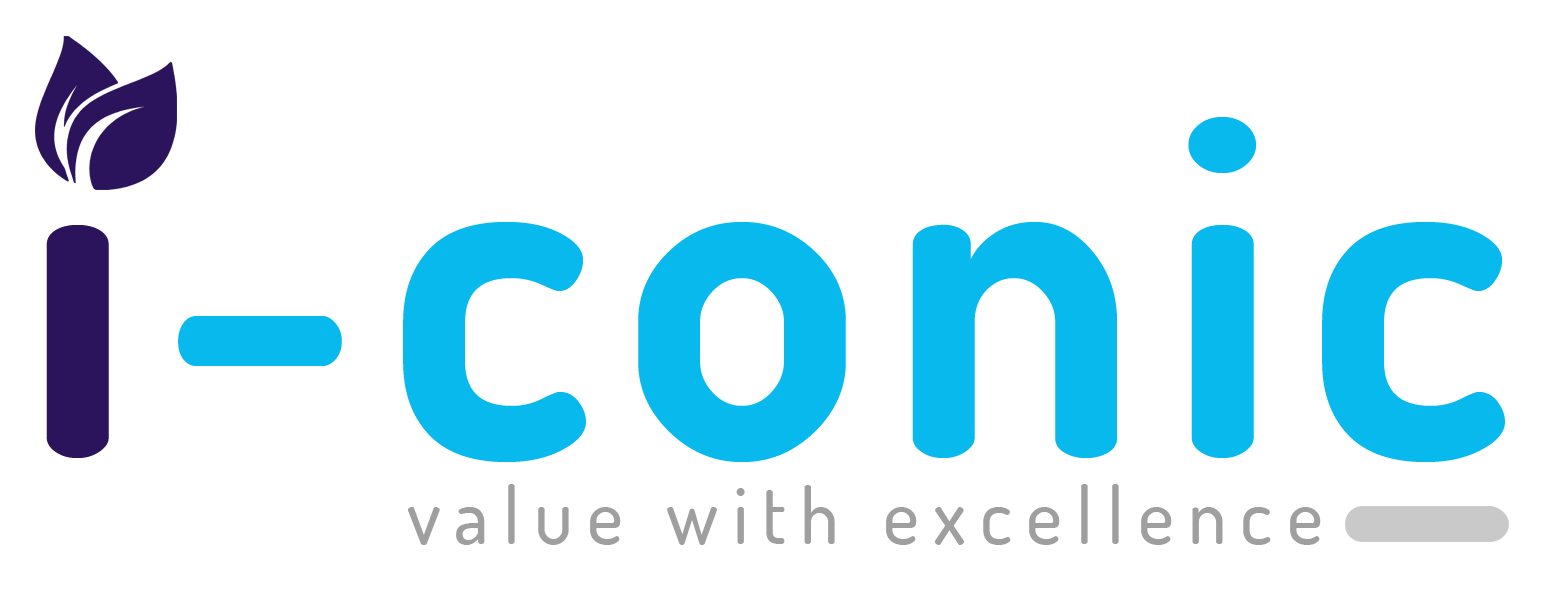Data standards are the invisible backbone of modern healthcare, enabling seamless information flow between providers and accurate billing. As healthcare increasingly shares data, robust standards are paramount for interoperability and regulatory compliance. The Department of Health and Human Services (HHS) emphasizes data consistency across all sources for better insights.
Though voluntary, HHS’s data standards significantly benefit patient care by promoting informed decisions, supporting health equity, and ensuring efficient claims processing and reimbursement.
Shannon Germain Farraher, a senior analyst at Forrester, distinguishes between standards like Fast Healthcare Interoperability Resources (FHIR), for interoperability, and ICD-10, for billing. She stresses that proper clinician training on these coding standards is vital. Lack of awareness can lead to “undercoding” (lost revenue) or “overcoding” (potential fraud). Germain Farraher points out that clinicians often miss coding for complex care, directly leading to lost revenue.
To help providers navigate this complex landscape, here’s an overview of eight essential data exchange and coding standards in healthcare:
Key Data Exchange and Coding Standards in Healthcare
HL7 (Health Level Seven International) was established in 1987. This nonprofit organization developed HL7 standards to govern the transfer, integration, storage, and retrieval of electronic health information. They are vital for ensuring consistent and efficient data exchange across diverse healthcare tech systems. For EHRs, HL7 standards provide functional models and profiles to ensure interoperability. The HL7 received accreditation from the American National Standards Institute in 1994.
FHIR (Fast Healthcare Interoperability Resources) is A widely adopted open-source standard. FHIR is celebrated for its flexibility and use of modern web technologies and APIs, making it a significant leap forward in health data interoperability. While it can function independently, FHIR often complements existing standards and is even required to leverage others, such as DICOM.
ICD-10 (International Classification of Diseases, Tenth Revision) ICD-10 codes standardize how providers classify and report diagnoses, symptoms, and procedures, which is critical for accurate claims processing and reimbursement. These codes are also indispensable for research into healthcare patterns. Thousands of codes exist, with regular updates. While the World Health Organization released ICD-11 in 2022, its full implementation in the U.S. is still pending.
CCD (Continuity of Care Document) A CCD offers a summarized view of a patient’s health record when shared between providers. This standard combines specifications from ASTM International and HL7, using Extensible Markup Language (XML) to present medical data consistently. Under HIPAA, protected health information can be exchanged via a CCD to maintain continuity of care without requiring patient consent.
CPT (Current Procedural Terminology) From the American Medical Association, CPT provides a uniform language for coding medical services and procedures, enhancing billing accuracy and efficiency through streamlined reporting. It is outlined in HIPAA and stands as a national standard in the U.S.
DICOM (Digital Imaging and Communications in Medicine) DICOM is the international standard for sharing, formatting, managing, storing, printing, and displaying medical images and related information. Given the billions of DICOM images globally, this standard is paramount for ensuring efficient and accurate sharing across health systems.
LOINC (Logical Observation Identifiers Names and Codes) A standard from the Regenstrief Institute. LOINC provides common terminology for lab results and clinical observations. It facilitates easy identification and transfer of data among healthcare providers, government agencies, labs, insurers, and software/device manufacturers.
SNOMED CT (Systematized Nomenclature of Medicine – Clinical Terms) SNOMED CT is a comprehensive, multilingual healthcare terminology used by professionals worldwide. Developed by SNOMED International, it can be mapped to other coding systems like ICD-10 and CPT codes. Over 80 countries utilize SNOMED CT, maintained by the International Health Terminology Standards Development Organization.
While software vendors can assist with coding, Germain Farraher emphasizes that physicians should retain sole responsibility for accessing EHRs. She advises health systems, tech buyers, and IT teams to thoroughly understand standards such as HL7 and FHIR and to carefully vet vendors to ensure they meet all criteria for seamless data exchange.




